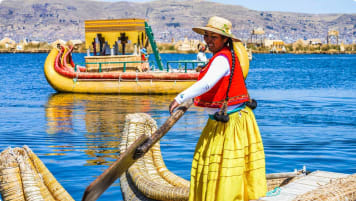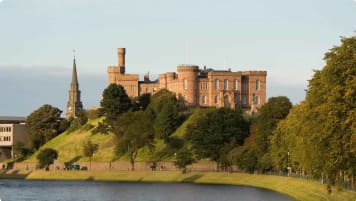Discover Bolivia: The Definitive guide for Travellers
Discover Bolivia The lakeside town of Copacabana, Bolivia Bolivia is a landlocked country in South America, bordered by Brazil, Paraguay, Argentina, Chile, and Peru. Its capital is historic Sucre where the Supreme Court is established,…
21 Feb 19 · 11 mins read
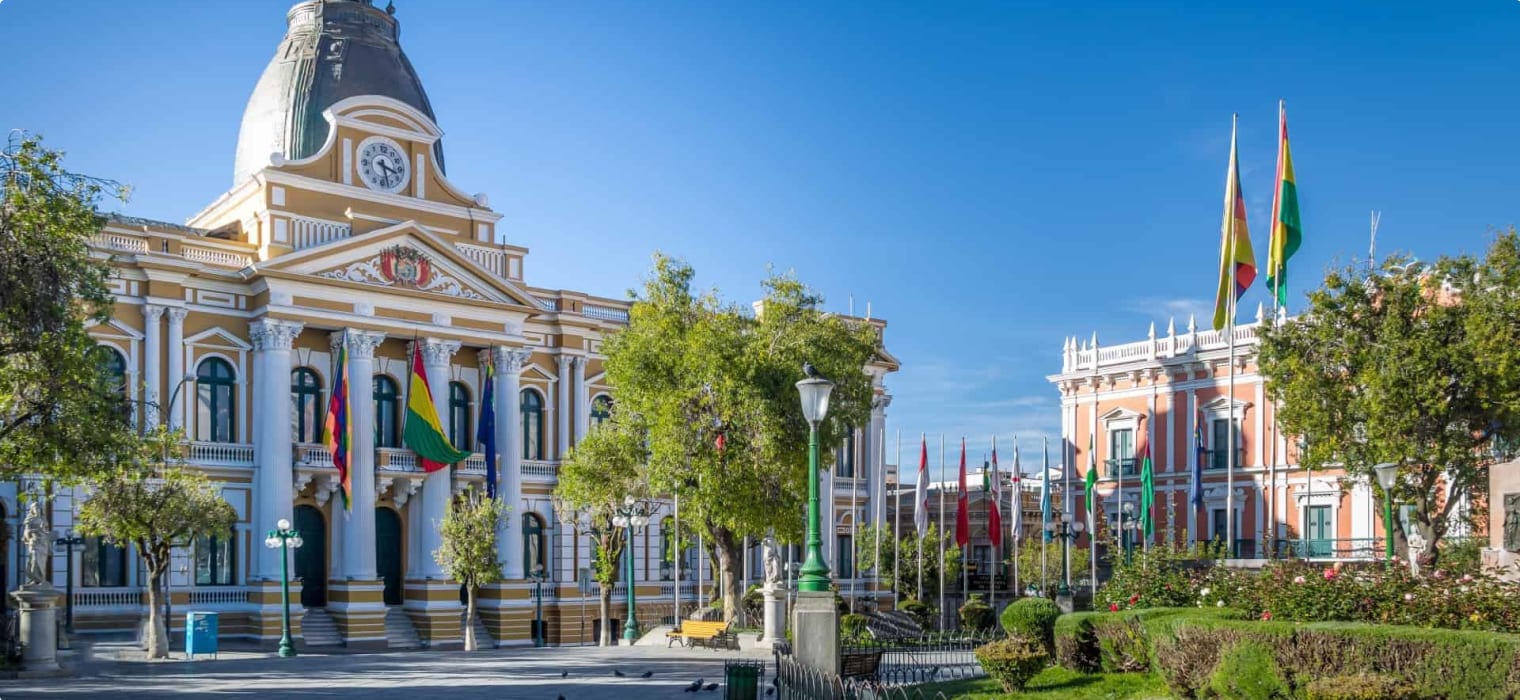
Discover Bolivia
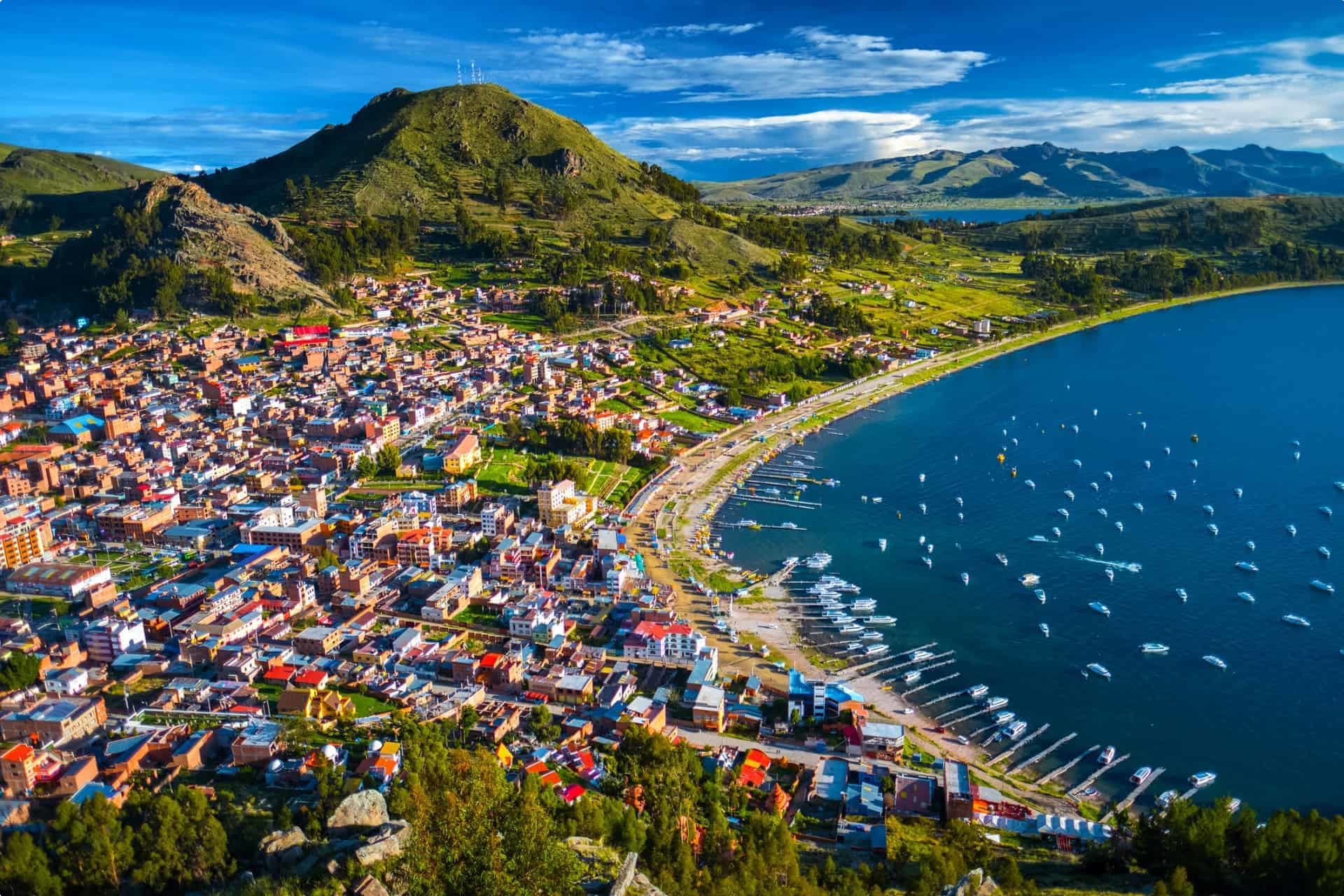
Bolivia is a landlocked country in South America, bordered by Brazil, Paraguay, Argentina, Chile, and Peru. Its capital is historic Sucre where the Supreme Court is established, and the city of La Paz is where the executive and legislative arms of the government operate. Its largest cities are located in the Andes Mountains, giving Bolivia the reputation of being a highland country; however the late 20th century also saw rapid development in its eastern lowlands.
Bolivia’s rich history spans several centuries. In 700 BC it was already a thriving metropolis, home to the ancient Tiwanaku (Tiahuanaco) empire that mysteriously declined in the 12th century. From the 15th to the early 16th century, Bolivia was part of the vast Inca empire. Like the rest of South America, Bolivia fell under Spanish conquest, and would have remained a political backwater if not for the fateful discovery of silver within its territory.
Tourists flock to Bolivia to see its natural beauty, diverse geographic regions, and the sites connected to its ancient cultures that flourished thousands of years before the arrival of Europeans.
In this post we will trace Bolivia’s history and tour its must-see sites.
1. Ancient Bolivia: the Tiwanaku Empire
The altiplano (“high plateau”), which extends from present-day Bolivia into surrounding countries, was already densely populated several centuries before the Spanish came. A highland people called the Tiwanaku developed an advanced, organised society in the Andes, building road systems and irrigation canals. Its city, also named Tiwanaku, in present-day Western Bolivia near Lake Titicaca (South America’s second largest lake, which Bolivia shares with Peru) was home to thousands of people, and was inhabited from 1500 BC to 1200 AD.
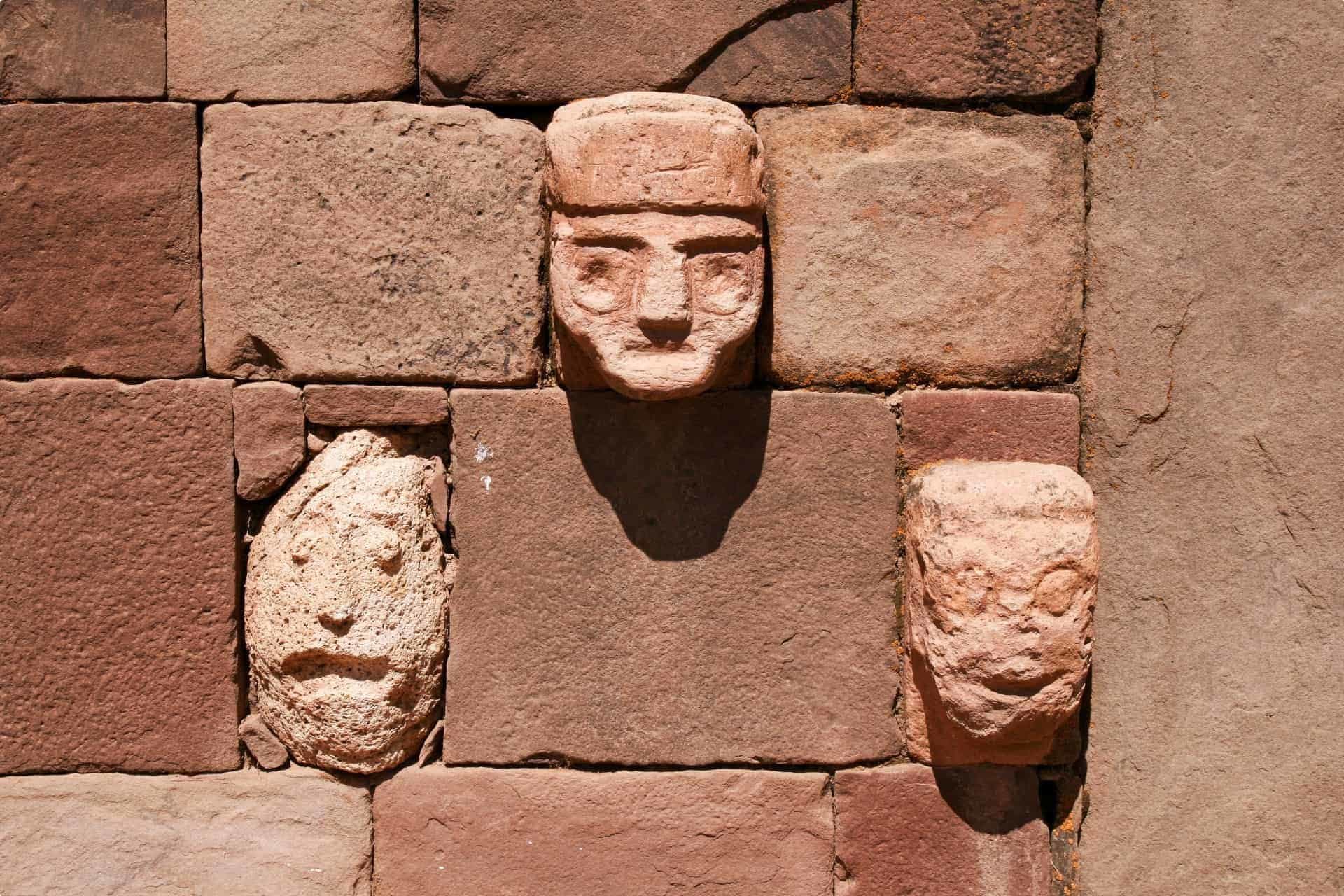
Many high mountain and desert coastal kingdoms developed in western South America. Around 400 AD, Tiwanaku began expanding its reaches, bringing its culture to (what is now) Peru and Chile. It was strongest around years 600 to 900, the empire enjoying trade and surplus resources collected from its territories.
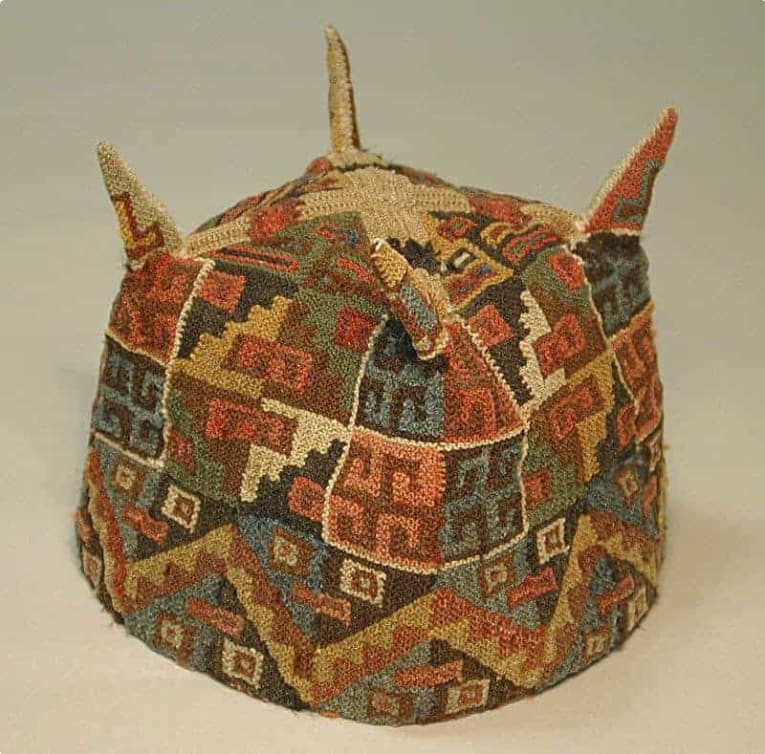
It is unknown why the Tiwanaku culture suddenly declined. One theory says it must have something to do with the climate–a dramatic drop in precipitation might have lowered Lake Titicaca’s water level, forcing the lakeside settlement to migrate.
Meanwhile, another highland culture called the Inca was starting to emerge and spread from its administrative and military centre in Cuzco, Peru.
2. The Inca Empire
The Inca civilisation flourished in ancient Peru and began its expansion around the 14th century. It would later build the largest empire in the world before the European Age of Discovery. The Inca culture spilled out of Peru and into Bolivia, Ecuador, Chile, and Argentina, divided into four regions and all unified under a single Inca state called Tawantinsuyu (“Realm of the Four Parts”). The Inca empire extended along the Pacific coast and the Andean highlands and governed about 12 million people.
The vast empire was run without currency and without a market economy, but there was a nationwide system of tax (mita, in the form of labour paid to the state) and centralised administration in place, with Cuzco at its centre.
The production, distribution, and use of commodities were centrally controlled by the Inca government. Each citizen of the empire was issued the necessities of life out of the state storehouses, including food, tools, raw materials, and clothing, and needed to purchase nothing. With no shops or markets, there was no need for a standard currency or money, and there was nowhere to spend money or purchase or trade for necessities. (Source: Gordon Francis McEwan, The Incas: New Perspectives)
With a huge labour force at its disposal, the Inca empire built massive buildings, fortifications, agricultural terraces, and a road network that spanned 40,000 kilometres. The Inca did not have wheeled transportation, and used llamas, porters, and runners to relay goods and news throughout the empire. They created a highly detailed and distinctive art style seen in their metalwork, ceramics, and textiles.
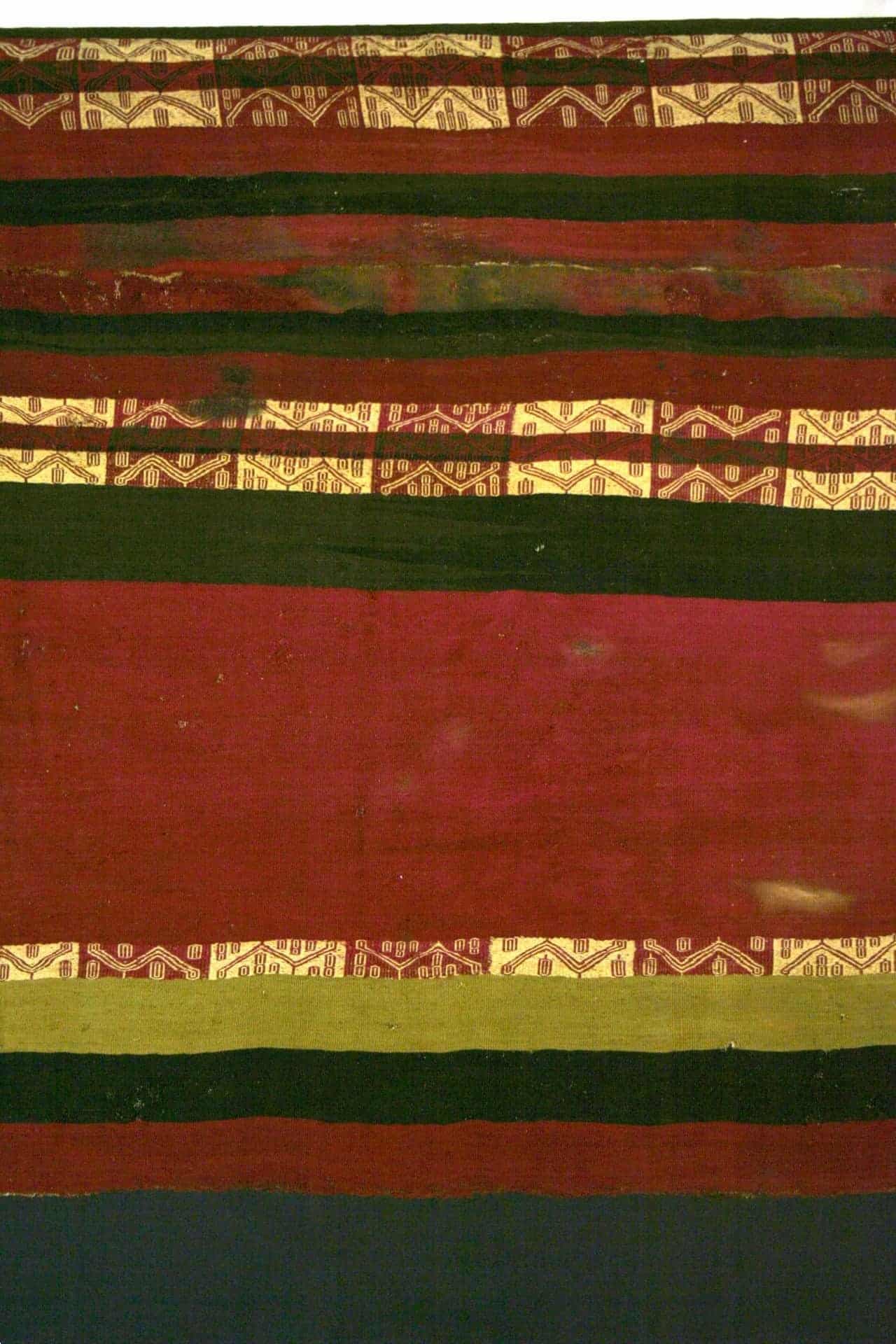
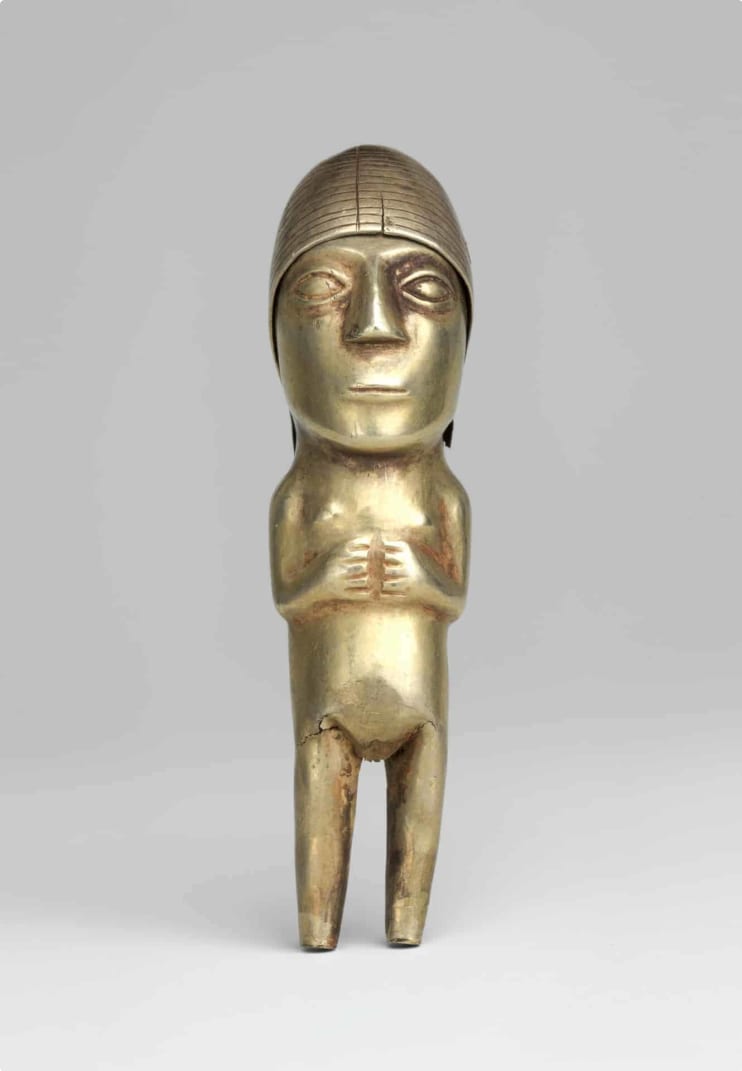
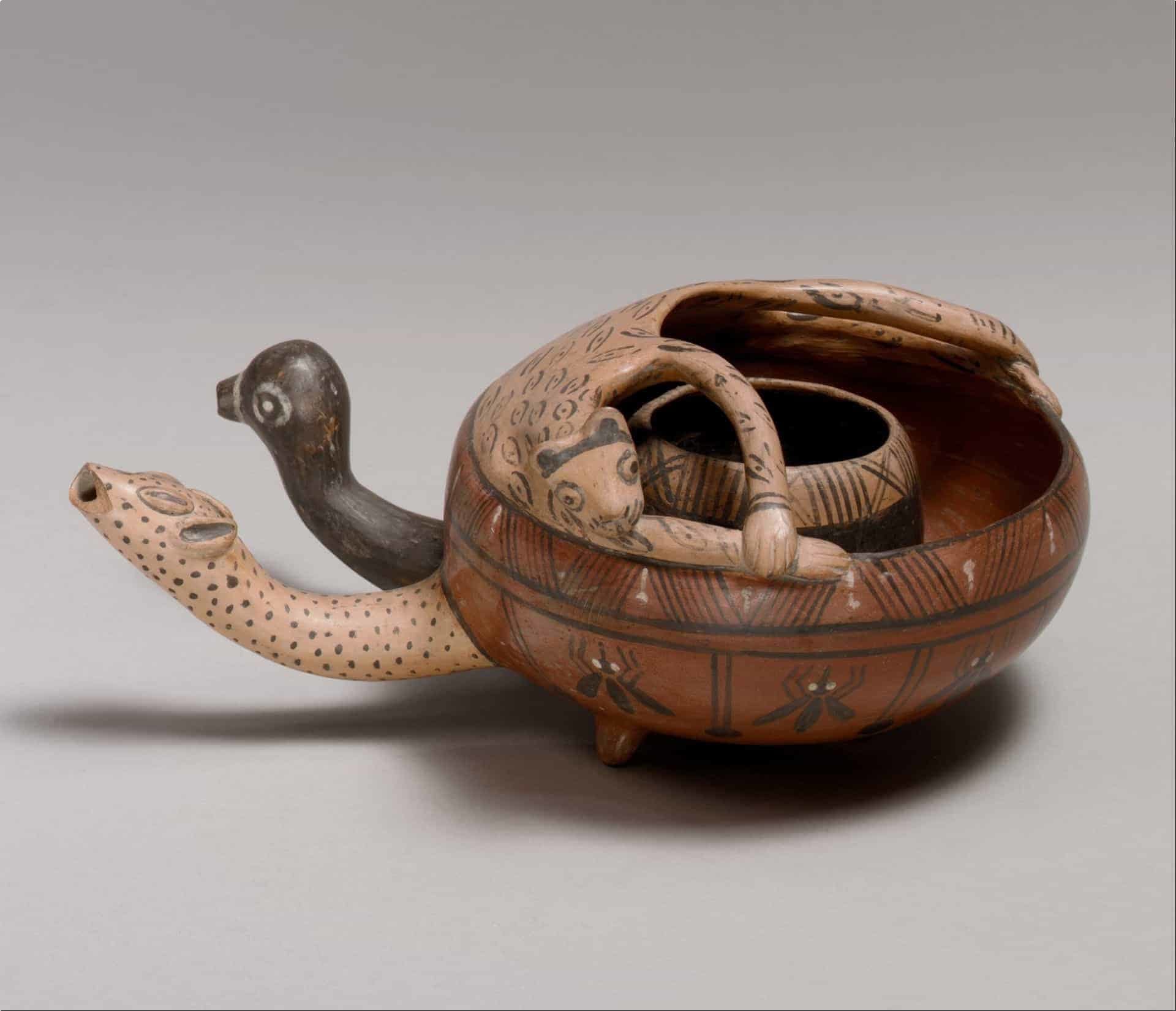
While unified into a single state, not all regions were uniformly loyal to the Inca. The people of the Aymara Kingdoms living near Lake Titicaca, for example, were permitted to retain their language and customs, but they did not fully accept Inca rule. In modern-day Bolivia, Aymara and Quechua (the language of the Inca) continue to be major languages, along with Spanish.
3. Spanish Conquest
When Spanish explorer Francisco Pizarro and associates arrived in South America in the 16th century, the Incas were already having problems of their own. In 1525, the Incan emperor Huayna Cupac and his chosen successor died within days of each other, creating a power vacuum and a civil war fought by his two remaining sons.
Scholars believe Cupac and his successor may have died from smallpox, brought from Europe to the Americas by conquerors–by 1519, Hernan Cortes was already in Mexico, bringing down the Aztec Empire.
It is possible than even before Pizarro met a single Incan, several thousand had already died from the communicable disease to which they had no immunity. Historians believe that smallpox and other diseases reduced the indigenous population of North and South America by up to 90 percent.
These factors, along with the fact that the Spanish carried deadlier weapons, contributed to the swift conquest of the Incas. In 1541, Pizarro would be killed in a mutiny by his own men, but the Spanish were well on their way in stamping out traces of Incan culture.
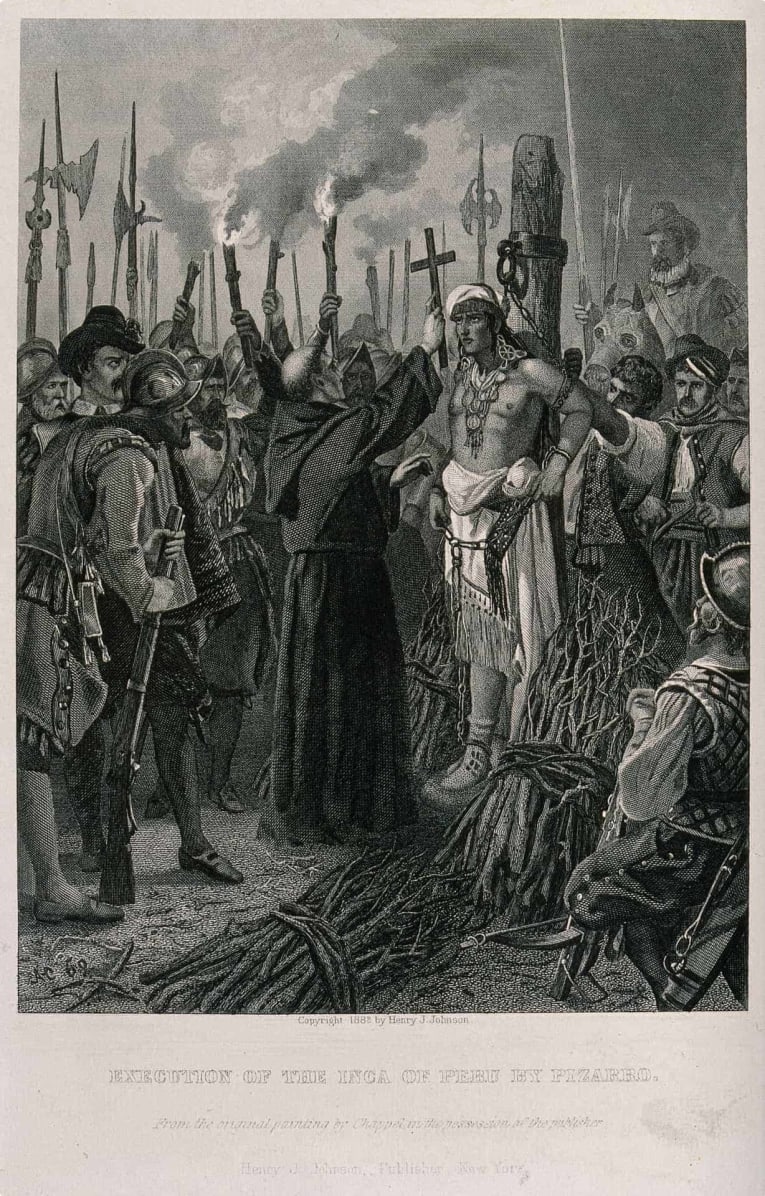
At this time, Bolivia was known as Alto Peru, part of the Spanish Viceroyalty of Peru, its fate tied to the political fate of Cuzco and Lima. This changed in 1544, when a local Inca named Diego Huallpa discovered silver in Potosi.
4. “Cerro Rico”
The story goes that Huallpa was searching for an escaped llama and built a fire at the foot of the mountain, burning the earth beneath and making a shiny liquid flow from the ground. The “shiny liquid” turned out to be silver.
Potosi, located at an elevation of 4,000 metres, was founded as a mining town shortly after the discovery, in 1545. It was also known as “Cerro Rico”, or “rich hill”. It was indeed rich–in the next two centuries, Potosi would provide the Spanish Empire more than 40,000 tonnes of silver, funding the empire’s further colonising expeditions and the extravagance of its royal family.
The silver was extracted on the backs of indigenous peoples and imported slaves who laboured and suffered brutal treatment in the mines. The Spanish left the Incan system of mita in place, and exploited the labour supply by having the indigenous peoples working at the mines in unsafe conditions. Around 30,000 African slaves were also brought to the city to work for the Spanish.
In 1558, Potosi would have its own Audiencia (Royal Court), making it independent from the Viceroyalty of Peru in Lima. Bolivian development centred on Potosi, which by the 17th century would be one of the world’s richest cities with a population of 200,000 people.
5. Chuquisaca and the Republic of Bolivia
While Potosi was the economic centre, Chuquisaca (later Sucre) was the centre of politics. In 1559, it had its own Audiencia, also under Lima, which in 1776 shifted to the new Viceroyalty of the Río de la Plata established at Buenos Aires (Argentina).
It was in Chuquisaca where Bolivia’s independence movement gained momentum in the early 1800s. General Simon Bolivar and Field Marshall (Mariscal) Antonio Jose de Sucre led the fight against the Spanish. With Argentina and Peru eager to take over the riches of Potosi, Sucre declared the independence of a separate republic called Bolivia (after Bolivar) in 1825. Bolivar and Sucre served as the new republic’s first and second presidents.
Bolivia at the time of its independence had a territory encompassing more than two million square kilometres, but it would lose land in succeeding wars with its neighbours. It became landlocked with the loss of coastal Atacama to Chile in 1884, and lost more swathes of territory to Brazil and Chile.
Following decades of internal conflict and protests, Bolivia elected socialist Evo Morales, its first indigenous president, in 2005. A new constitution was implemented under the Morales regime which re-established the rights of indigenous groups.
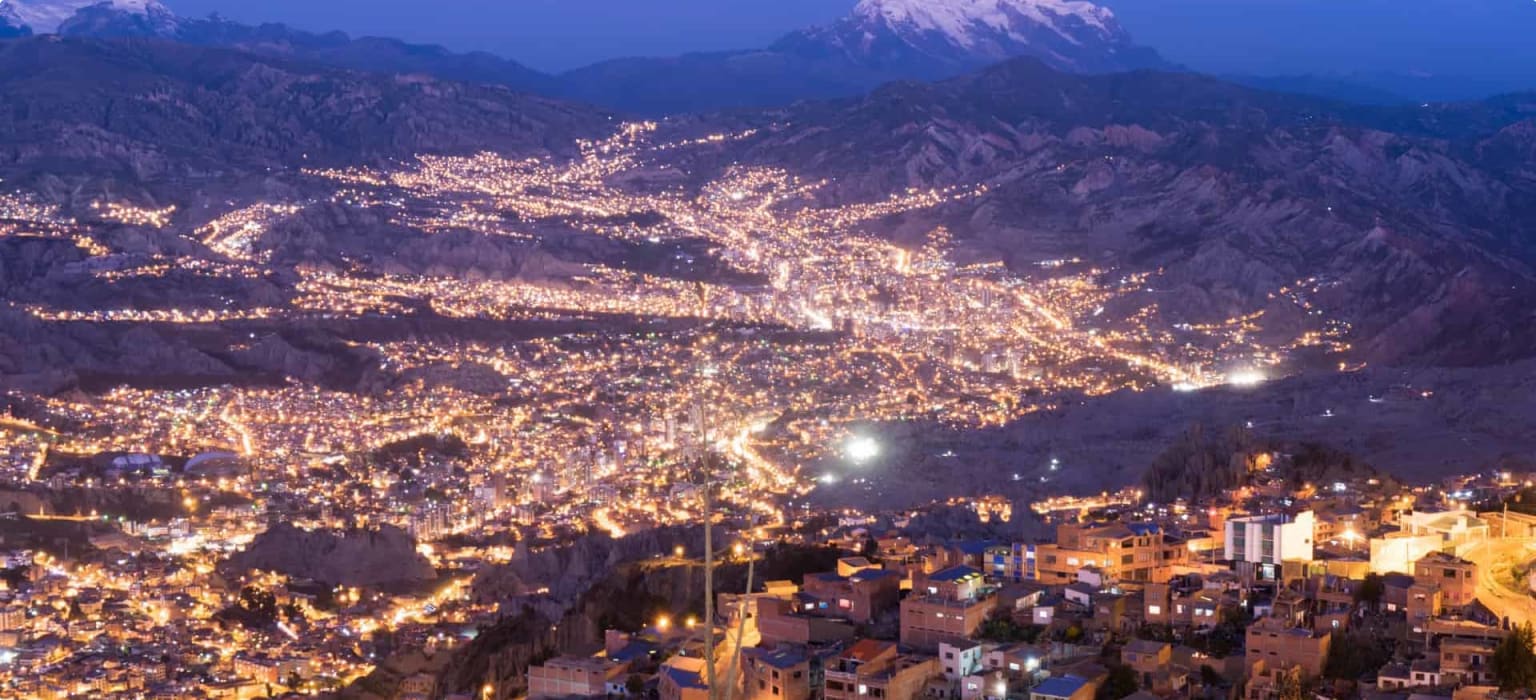
Travelling to Bolivia
Now armed with knowledge about Bolivia’s history, let’s look at some places to see and experience in this South American nation.
6. Lake Titicaca and Isla del Sol
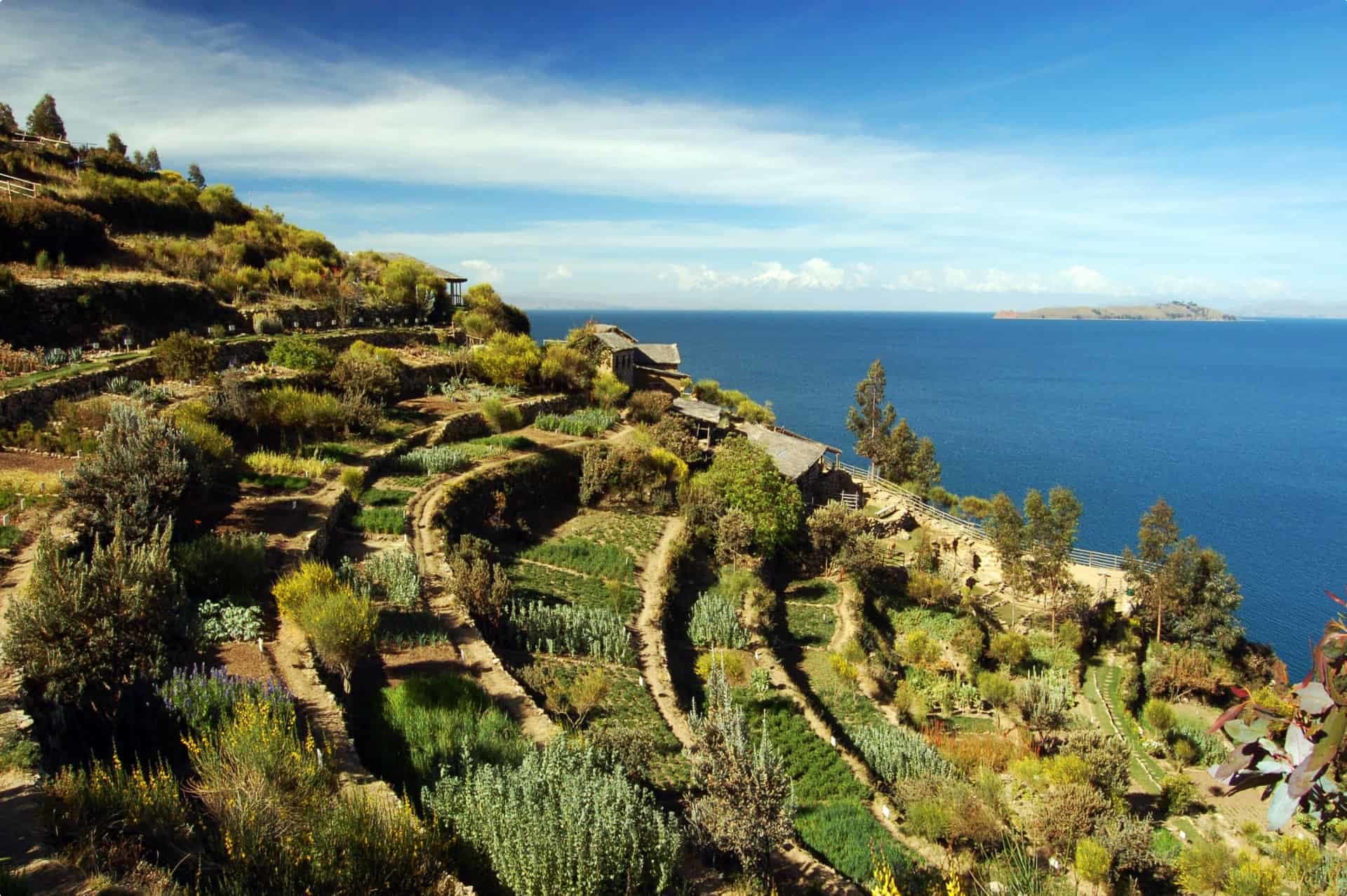
Any itinerary to Bolivia should include South America’s second largest lake (after Lake Maracaibo in Venezuela), the wellspring of empires that once ruled Bolivia. On the lake rests the sacred island of Isla del Sol (Island of the Sun), said to be the birthplace of the Incan Sun God. The island can be reached by a 90-minute boat ride from lakeside Copacabana.
Remnants of the ancient civilisation are scattered all over the island, a picture of perfect tranquillity with the absence of motorised traffic and noise. The village of Yumani in the south is the most developed and most visited by tourists, as it has accommodations and restaurants for those wanting to spend the night. The other two settlements are Cha’llapampa and Cha’lla.
In Yumani, uphill from the ferry dock, is the reconstructed Escalera del Inca (Inca stairway) which was said to have led to the fabled fountain of youth. A little bit of youthful vigour is indeed needed to take the stairway as it gains 200 metres in elevation over less than 1 kilometre. The Museo del Oro in Cha’llapampa houses excavated artefacts, including gold ornaments from the Tiwanaku and Inca empires. Travellers can travel on foot on the old Incan road to see the ruins.
7. Laguna Colorada
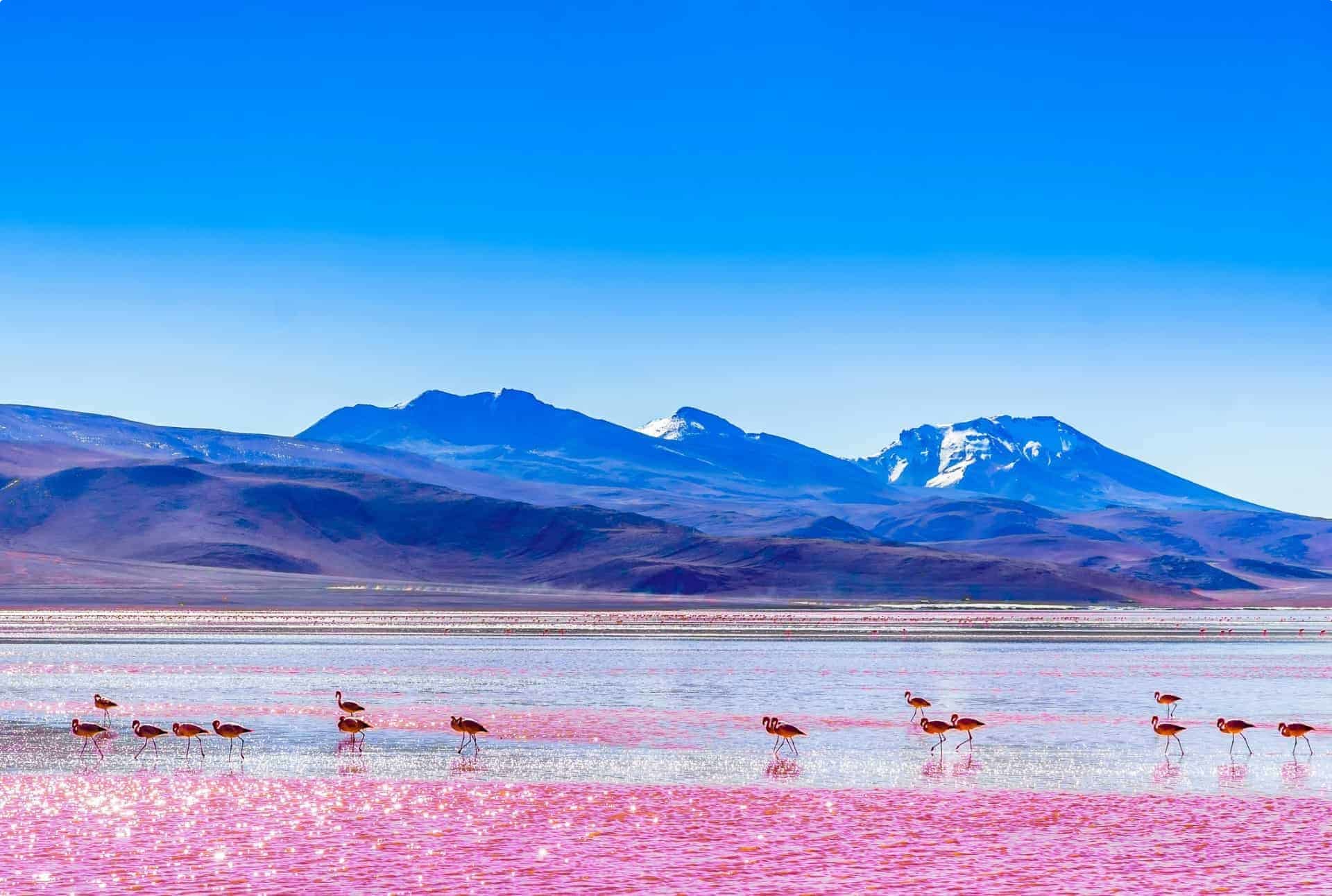
This beautiful red lagoon is in southwestern Bolivia, within the Eduardo Avaroa Andean Fauna National Reserve near the border to Chile. The shallow salt lake is red from minerals and the pigmentation of algae. Flamingos abound in the area, feasting on plankton.
8. Tiwanaku
Travellers can take a day trip from the city of La Paz to visit the ruins of Tiwanaku near the southern shores of Lake Titicaca. The ancient city, now a vast archaeological site covering four square kilometres, was inscribed on the World Heritage List in 2000.
Re-discovered in 1549 by Spanish conquistador, Pedro Cieza de León, the ancient city currently has a small indoor museum and several sites available for viewing, such as its two gates–Puerta del Sol (Gateway of the Sun) and Puerta del Luna (Gateway of the Moon)–and stepped platforms and a temple. A nearby village, also named Tiwanaku, has modern-day amenities such as hotels and restaurants, and a 16th-century church.
9. La Paz
In the city of La Paz itself, travellers can visit the four museums on Calle Jaén, a well-preserved colonial street.
- Museo Costumbrista Juan de Vargas displays artefacts from old La Paz
- Museo de Metales Preciosos houses silver, gold, and copper works and pieces from ancient Tiwanaku
- Museo del Litoral has historical maps showing Bolivia’s territories now lost to neighbouring countries
- Casa de Murillo was the home of La Paz Revolution leader Pedro Domingo Murillo and which displays household items from the Bolivian aristocracy. The city’s central square, Plaza Murillo, was also named after him.

Another popular tourist attraction is the Mercado de las Brujas (Witches’ Market) where folk and herbal remedies are sold, including various potions and spells that have their roots in ancient Aymaran belief. Pachamama (Mother Earth) is often the recipient of sacrificial offerings that can be purchased in this market. The yatiri (witch doctors) roam the stalls, ready to offer spiritual advice. Travellers are advised to be respectful and to ask permission first before touching the items on display and taking photos.
10. Salar de Uyuni
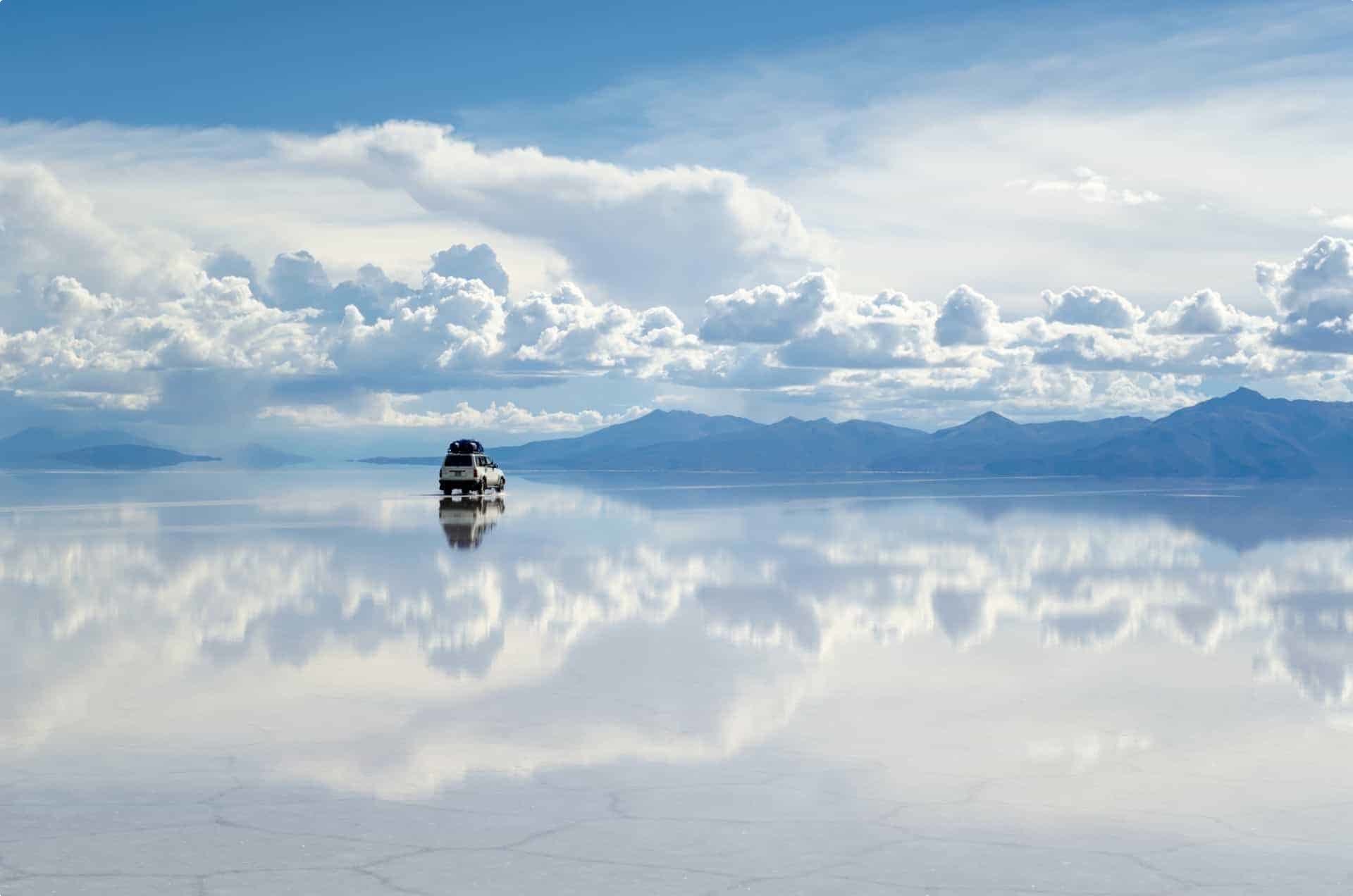
Bolivia’s Salar de Uyuni is the world’s largest salt flat, covering 12,106 sq km on the altiplano, formed by salt left behind by the prehistoric lakes that have evaporated centuries ago. When a thin layer of water covers the salt flat, the surface turns into a mirror that reflects the sky, giving the illusion that you are walking (or driving) on clouds.
11. Parque Nacional Madidi
The Parque Nacional Madidi (Madidi National Park) in the upper Amazon river basin is part of the largest protected areas in the world, offering a glimpse of Bolivia’s diverse habitats and ecosystems. Spanning an area of 18,958 square kilometres, it is home to a variety of Amazonian wildlife comprising nearly half of all mammals in the Americas and more than a thousand species of birds. It is also home to more than 20,000 species of flora.
Potosi
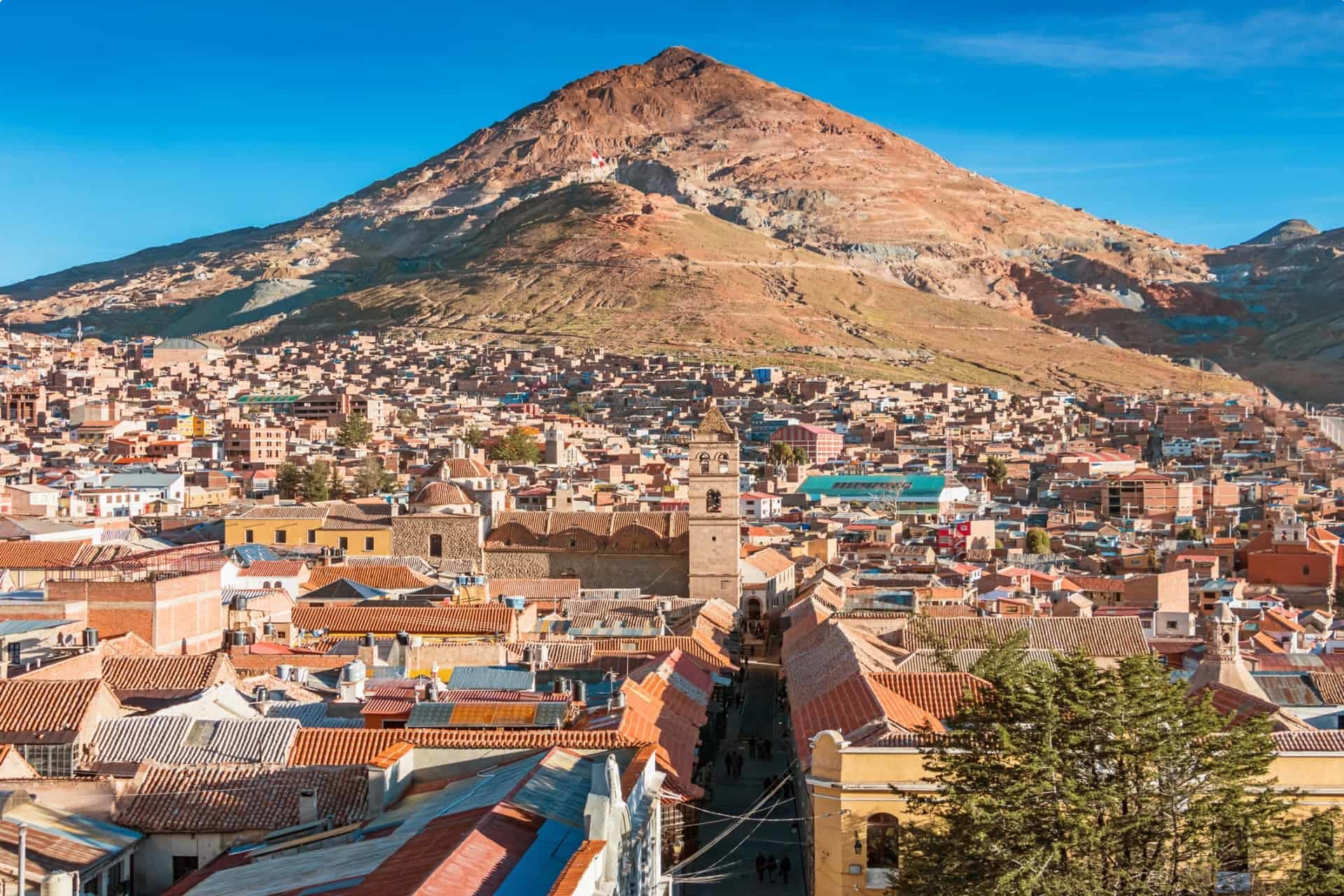
Potosi’s wealth and silver mines loom so large in Bolivian history that it survives in the Spanish saying, vale un Potosí (“be worth a Potosí”) to describe something lucrative. Though the silver has dried up, Potosi is still rich in sights, chief of which is the Casa Nacional de la Moneda (the National Mint), which tells the story of the creation of the world’s first global currency. The museum building takes up a whole city block. It was built in the 18th century to control the minting of colonial coins. The Museo y Convento de Santa Teresa (Santa Teresa Convent) founded in 1685 houses incredible pieces from Castilian artists.
12. Sucre
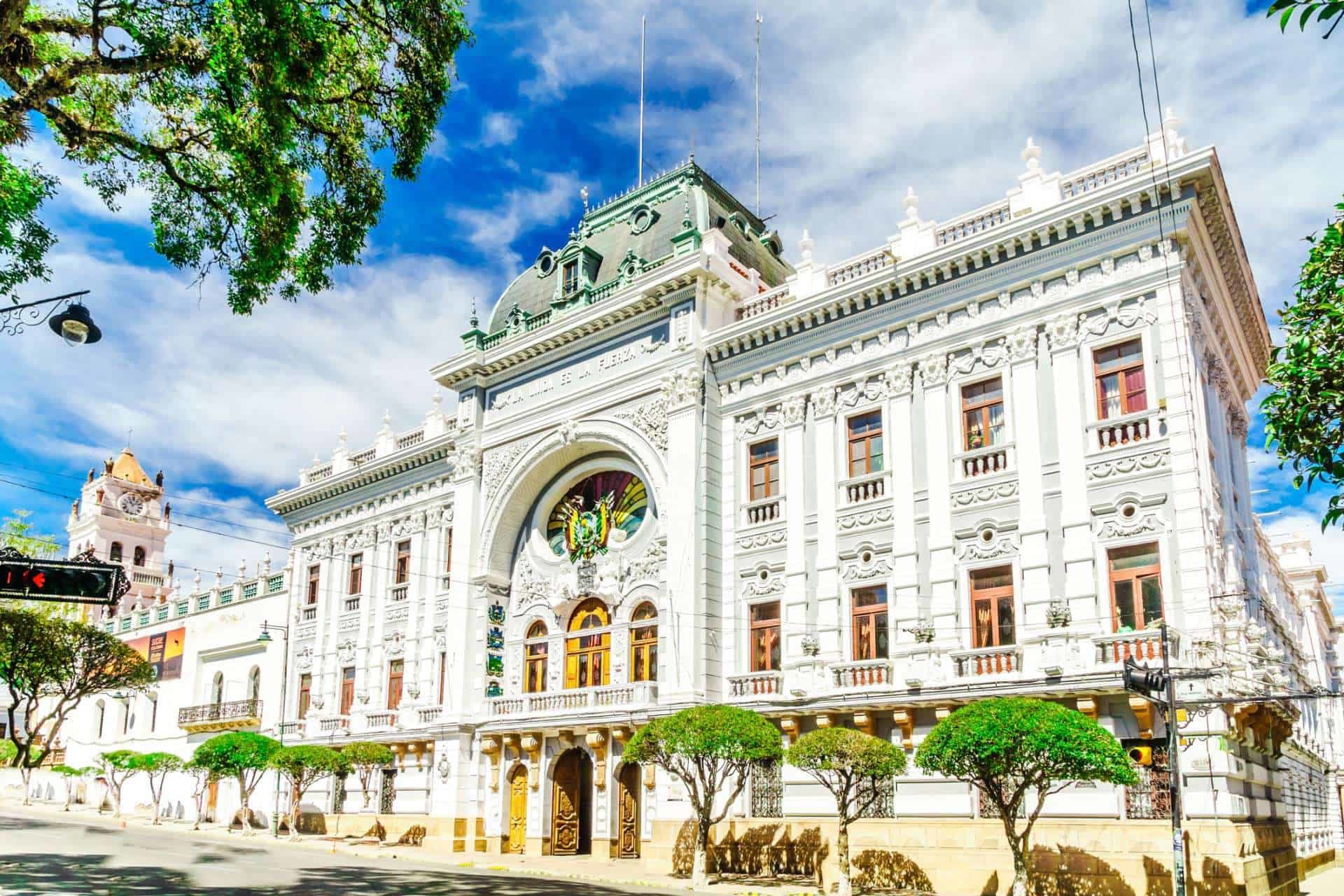
The city that started the Bolivian call for independence is unsurprisingly home to many museums dedicated to Bolivian history. The Casa de la Libertad is where the Bolivian declaration of independence was signed on August 6, 1825, and the Museo de Arte Indígena and Museo Nacional de Etnografía y Folklore display exhibits about Bolivia’s diverse ethnic cultures.
13. Bolivian: Quick Facts
The Bolivian currency was pesos until 1987, when it was changed to boliviano, divided into 100 centavos. Travellers are advised to carry some cash, especially in rural areas.
Most tourist visas to Bolivia are valid for 30 days (one entry) and can be extended for 60 more days (in Immigration Offices). Australian citizens can visit Bolivia for tourist purposes without a visa for up to 90 days. US citizens require a visitor visa, which allows them to stay for a maximum of 90 days per calendar year. Of course, rules may change, and it is best to check with your consulate and/or travel agency if you need to make arrangements for a visa before you travel.
Bolivian food may not be as well-known as other cuisines, but there are local delicacies worth trying. Salteña is a pastry similar to the empanada, oven-baked and filled with peas, carrots, potatoes, and meat, and gravy. Pique macho is a heaped plate of beef, potatoes, onions, and boiled egg, with ketchup, mayonnaise, and mustard. Popular snacks probably not for the faint of heart are chicharron (deep-fried meat) and anticucho (beef heart on a skewer).
Read more about Bolivia in Lonely Planet: Bolivia, which was our main reference in writing this article. Other references are linked throughout this piece.
If you want to learn more about South America, Odyssey Traveller organises tours to the continent. The small group tour, especially designed for senior travellers, explores Chile, Peru, Bolivia, Argentina, and Brazil. Click through to see the full itinerary and sign up.
About Odyssey Traveller
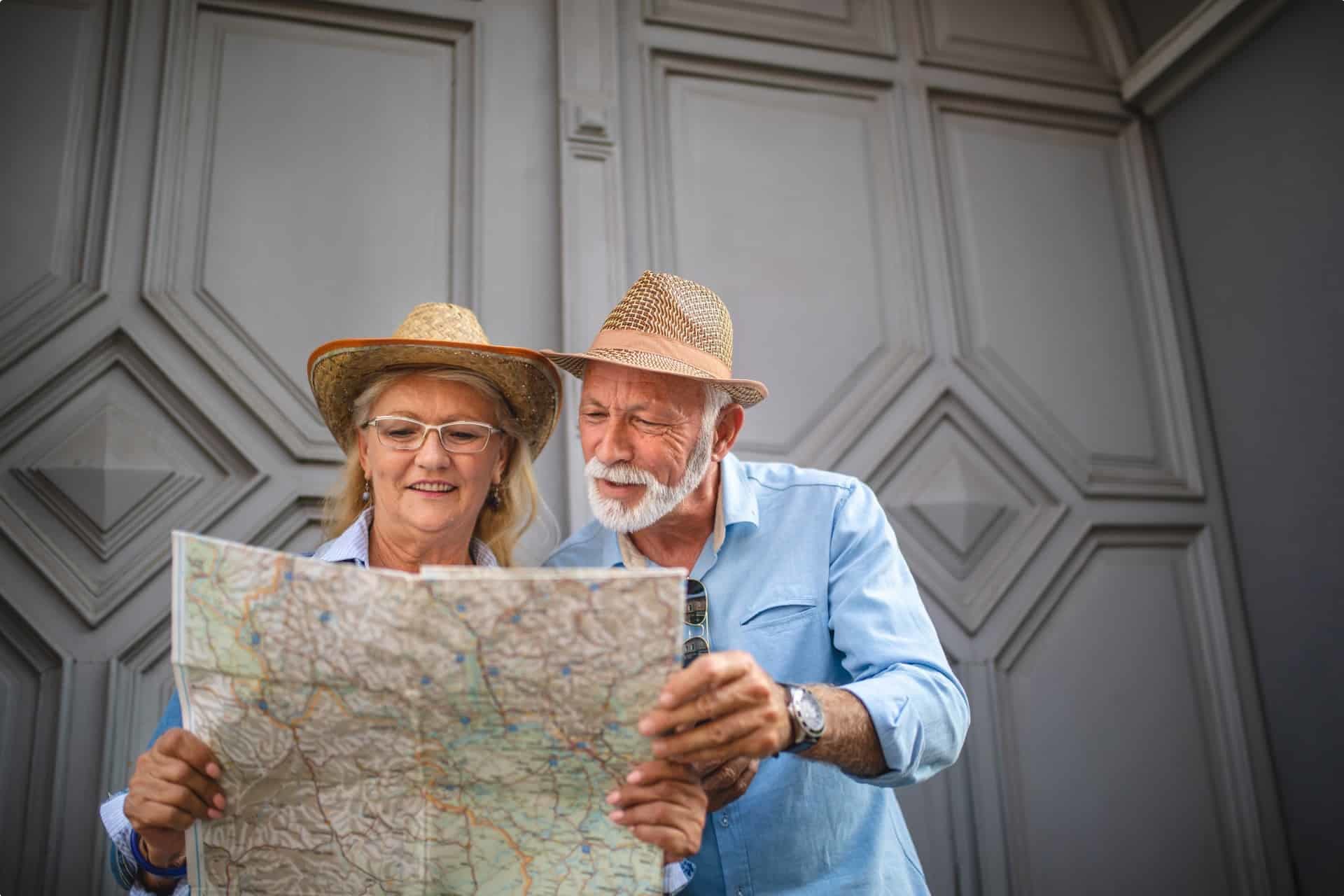
Odyssey Traveller is committed to charitable activities that support the environment and cultural development of Australian and New Zealand communities. We specialise in educational small group tours for seniors, typically groups between six to 15 people from Australia, New Zealand, USA, Canada and Britain. Odyssey Traveller has been offering this style of adventure and educational programs since 1983.
We are also pleased to announce that since 2012, Odyssey Traveller has been awarding $10,000 Equity & Merit Cash Scholarships each year. We award scholarships on the basis of academic performance and demonstrated financial need. We award at least one scholarship per year. We’re supported through our educational travel programs, and your participation helps Odyssey Traveller achieve its goals.
For more information on Odyssey Traveller and our educational small group tours, do visit and explore our website. Alternatively, please call or send an email. We’d love to hear from you!
Related Tours
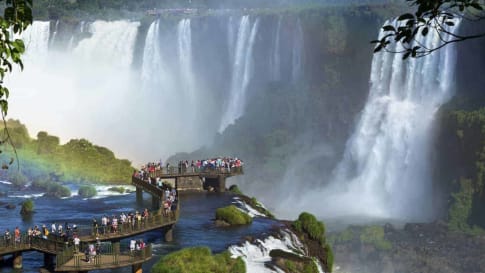
25 days
Apr, SepSouth American Small Group History and Culture Tour
Visiting Argentina, Bolivia
Experience the jewels of South America on this in-depth itinerary featuring the dramatic contrasts of this great continent on a small group tour for senior couples and solo travellers. Journey through Chile, Peru, Bolivia, Argentina and Brazil. Marvel at the ancient cultures and natural wonders of the Amazon, the snow-capped peaks of the Andes mountains, the calm waters of Lake Titicaca and the jewel coloured beaches of Rio.
From A$20,785 AUD
View Tour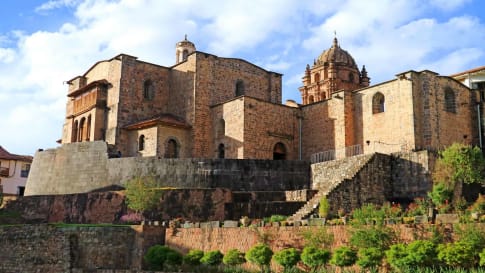
22 days
Mar, AprEcuador and Peru Archaeology tour
Visiting Ecuador, Peru
This 22-day small group tour highlights the most prominent ancient ruins and archaeological finds across Ecuador and Peru and showcases the vast culture and impact of pre- and post-Inca civilization.
From A$16,250 AUD
View Tour
